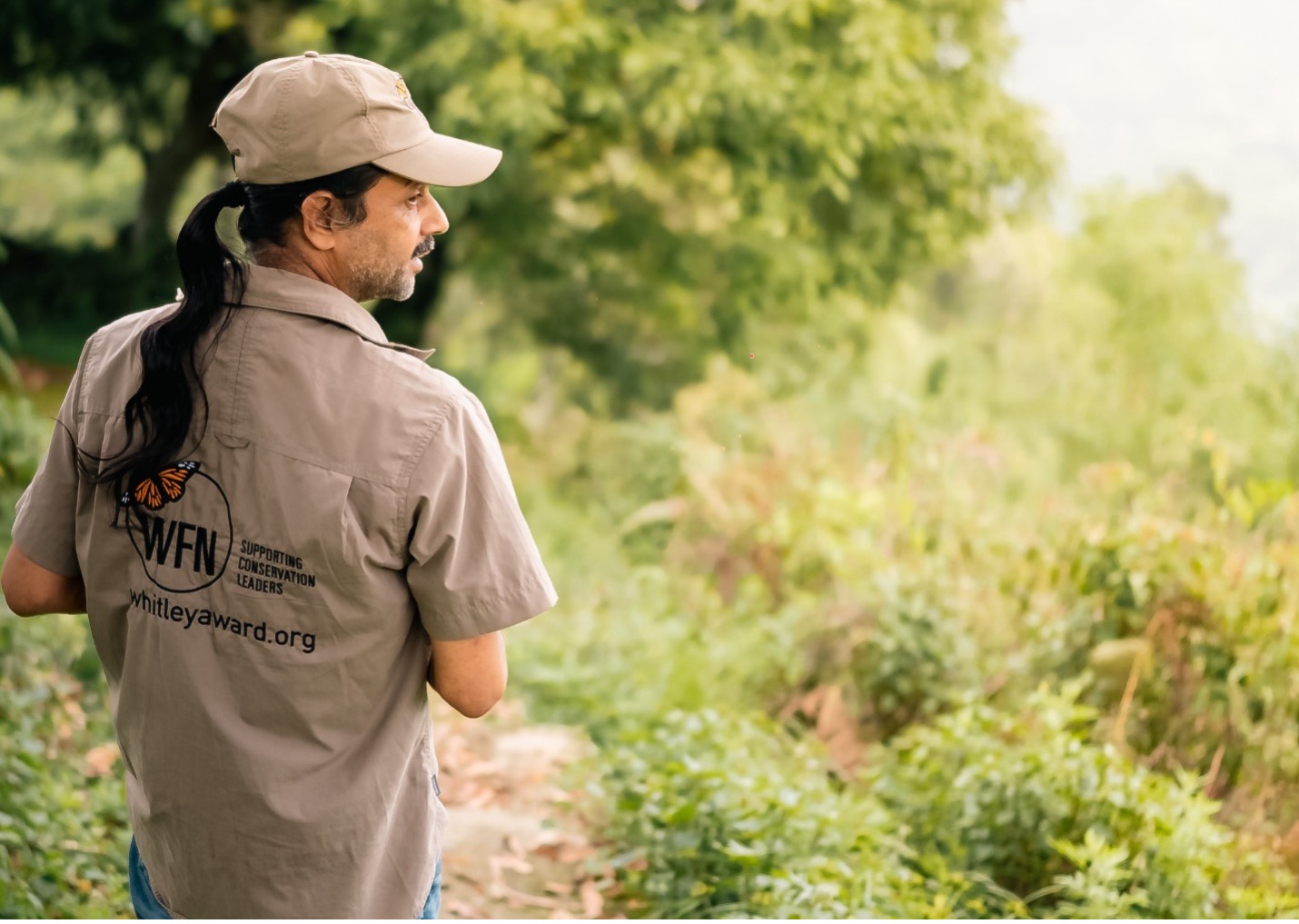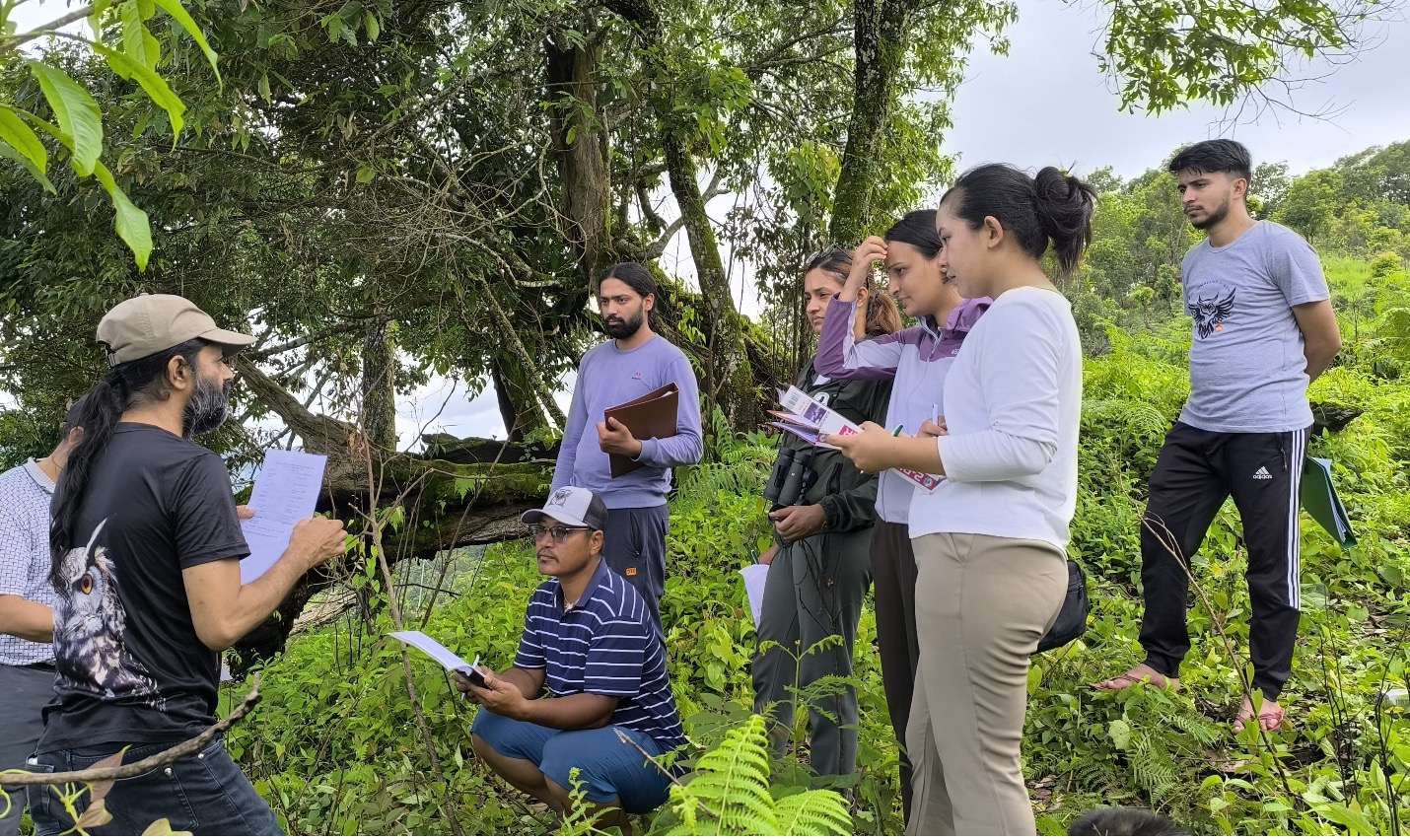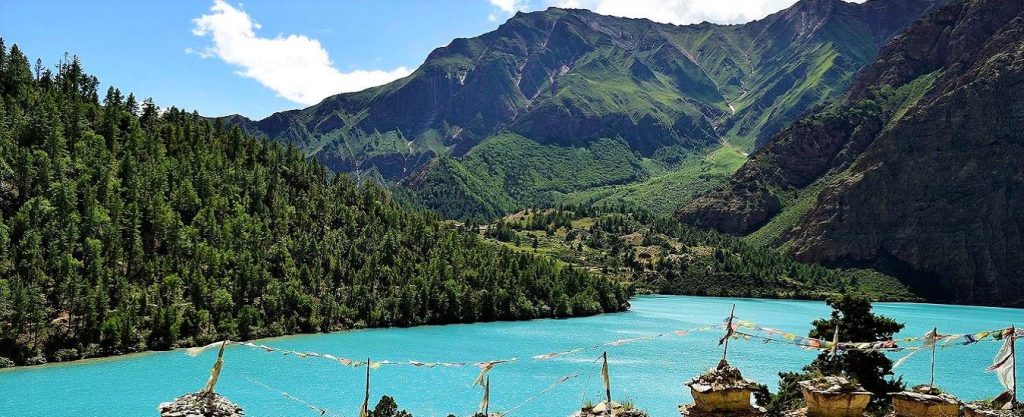Hoots of Hope: Saving Nepal’s Owls
- Nature Khabar

In rural Nepal, people once feared the sound of an owl at dusk. They believed it was a sign that someone would die. Today, that same sound brings joy and hope, thanks to the work of one man: Raju Acharya, lovingly known as Nepal’s “Owl Sir.” For over 17 years, he has changed fear into fascination, leading a national effort to protect owls and the traditions connected to them.
Raju’s journey began in a small forest village. As a curious teenager, he heard local owl stories that made him wonder, not fear. His interest grew even stronger in 2008, when he met wildlife experts from the UK. They shared scientific facts about owls. But what Raju saw in Nepal shocked him: people were afraid of owls, often killed them, and even sold them illegally. Some believed owls had magical powers, while others used them in traditional medicine. Out of Nepal’s 23 recorded owl species, nine are classified as at risk of extinction, yet none were legally protected at the time. Support from The Rufford Small Grants helped him focus fully on owl research and conservation since 2012.
Raju didn’t stop there. He founded Friends of Nature (FON) in 2005, and helped write Nepal’s first Owl Conservation Action Plan in 2020. But he knew that rules and policies alone weren’t enough to change deep-rooted beliefs. So, he turned to stories.

In 2024, he published Enchanted Feathers, a book of folk tales that shows owls as wise and kind protectors. These stories helped people see owls in a new, more positive way. He also co-authored the children's book Alphabet of owls, written to spark wonder and curiosity about owls in young, impressionable minds.
But storytelling was just the beginning. Raju also started the Owl Festival, a two-day traveling event that combines culture and conservation. What began as a small event now brings together villagers, students, and local leaders. The festival includes songs, dances, nature exhibits, and fun learning activities. People now sing instead of throwing stones, and they see owls as friends that eat rats, which damage crops.
Young kid joined in too. They formed “Owl Clubs”, and six dedicated “Owl Conservation Envoys” began visiting schools and village to share facts, bust myths, and promote nest protection. In five areas, people agreed to create “catapult-free zones” to stop birds from getting hurt by slingshots. Catapults are now hard to find in local shops in some areas because people gave them up willingly as their thinking changed.
Saving owl homes is just as important. Raju worked with forest user groups to protect 500 natural nesting old trees, and they put up 100 wooden nest boxes, about half are already being used by owls and other birds. In one touching story, a farmer found orphaned chicks and raised them in a nest box. He later said it was the proudest moment of his life.

The movement grew even stronger when villagers set up their own owl conservation area. Today, three community forests act as safe spaces for owls. Locals protect these areas with rules
advocacy and signs. Possibly, these homegrown sanctuaries are among the first of their kind in the world. They show Raju’s belief that real change begins with local people.
In 2024, Raju received the Whitley Award, known as the “Green Oscar” of conservation field. Along with the award came £50,000 in funding, which he used to train forest officials, protecting old tree, installing and monitoring nest box and support school owl-clubs and Owl Envoys. Local authorities started to take owls seriously. Budgets were set, awareness increased, and poaching dropped slightly. Villages that once ignored owls now help protect them.
The changes are real and inspiring. Old superstitions are fading. Poaching has gone slightly down. People now welcome owls as natural helpers. Schools paint murals of them. Festivals honor “Owl Guardians.” Farmers notice fewer rats in their fields. And the nickname “Owl Sir,” once a joke, is now spoken with deep respect.
Raju Acharya’s story is a shining example of people-powered conservation where science, culture, and care come together. He shows us that even long-held fears can turn into love, and that saving nature can be joyful.
Now, when the moon rises over Nepal and an owl calls from the hills, it no longer brings fear, it brings hope.





Feedback